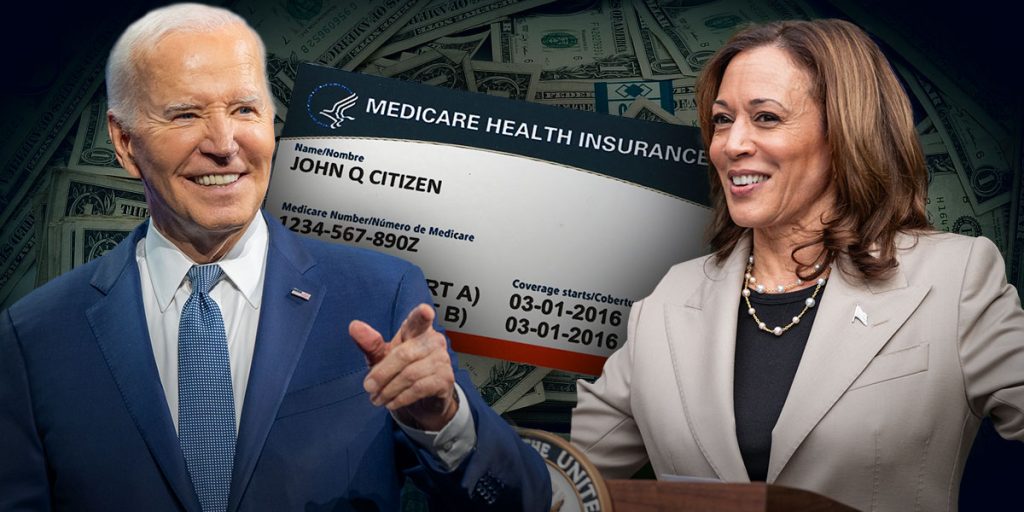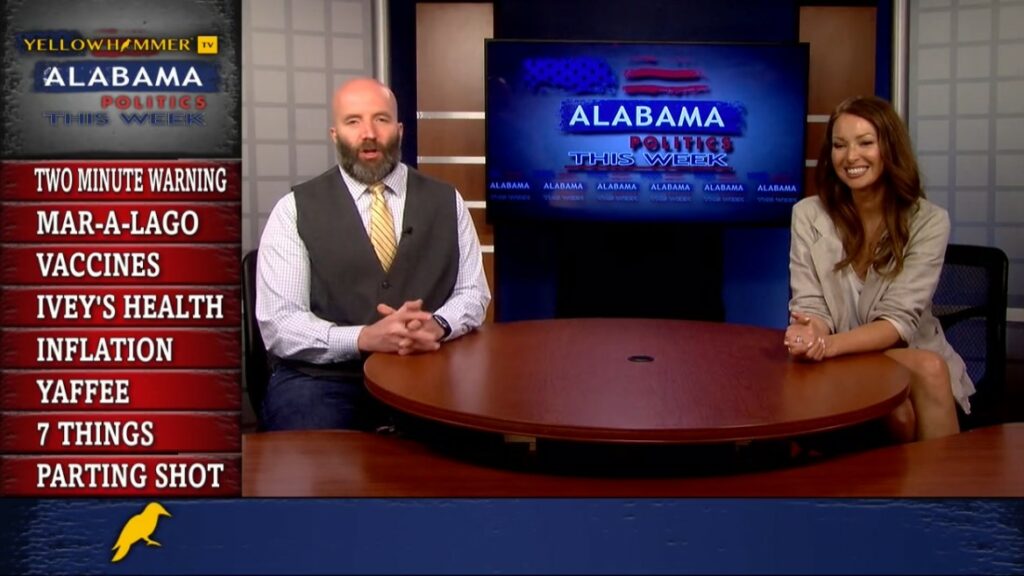The Inflation Reduction Act (IRA) does little to address inflation, primarily because it is a spending measure and government spending fueled our current inflation.
One place where the IRA addresses prices is prescription drugs. Unfortunately, the IRA relies on price controls instead of the Trump administration’s successful deregulatory approach.
We do not have a competitive market for pharmaceuticals in the United States. A major reason is intentional patents. Patents give inventors of new products or drugs a temporary monopoly. Anybody wanting to produce something under patent must get permission and pay royalties.
The patent monopoly addresses a complicated enormous economic problem: selling knowledge. Ultimately, inventions are knowledge; drugs are the knowledge that a combination of chemicals treats or cures an illness without harmful side effects.
Each purchaser of knowledge can then sell it themselves. For example, chemists can determine a new drug’s formula; reverse engineering unravels a new machine’s design.
Competition aligns prices with production costs. The chemicals in drugs cost relatively little. Research to discover a formula that combats illness is the largest cost of drugs.
Without patents, copycats could sell the drug at the cost of the chemicals. No drug maker will undertake research if unable to recoup these costs. Patents’ temporary profits fund medical research.
Free market economists are divided over patents, copyrights and intellectual property. Historically, patents date back to the English monarchy. Some economists see patents as holdover royal privileges unnecessary to encourage research.
That the Industrial Revolution closely followed the introduction of patents, to my mind, creates a strong case for patents. This does not justify, however, every feature of modern patent law.
Washington burdens pharmaceuticals with numerous and sometimes unnecessary regulatory barriers beyond patents. The Trump administration pursued deregulation here, largely because two Council of Economic Advisors members, Casey Mulligan and Tomas Philipson, were leading health economics researchers.
Foremost among the regulatory barriers are the Kefauver-Harris Amendments of 1962 empowering the Food and Drug Administration (FDA) to regulate the effectiveness of new drugs and medical devices. Drug approval takes over 10 years at a cost of $2.6 billion per new drug.
Much of this cost is real and unavoidable as only one out of 10 drugs in trials reach the market. The research cost of “dry well” drugs must be recovered from sales of successful drugs. But the FDA is frequently slothful in review and changes testing protocols on drug makers in mid-stream.
The most relevant barriers involve approval for generic drugs. Economic research documents sharp price declines once generics reach the market; one study found that within two years, generics cost less than 10% of the brand name drug’s price. Generics are the primary means of competition in drugs.
Generics cannot be allowed on the market until patents expire. But the approval process slowed generics’ introduction. And drug makers can artificially extend the life of patents to delay generics. Improving the generics approval process was a focus of deregulation.
Medicare and Medicaid pay for a large share of Americans’ prescription drugs, and economists have uncovered inefficiencies in these programs. Discounted sales to lower income, non-Medicaid patients would automatically reduce the price Medicaid pays.
Medicare is vulnerable when only one or two drugs are approved for a condition and its copay formula discourages the use of generic drugs. The deregulatory efforts paid off. In 2018, the Consumer Price Index (CPI) for drugs went down in a year the overall CPI rose for the first time since 1972. Progress on drug prices helped slow healthcare inflation overall.
The IRA authorizes Medicare to “negotiate” better prices with drug makers, which critics interpret as price controls. Because Medicare’s payment formulas are imperfect, whether the IRA improves purchasing or imposes inadequate prices depends on implementation.
In the long run, Americans benefit enormously from medical innovation, and profits from today’s successful drugs fund tomorrow’s breakthroughs. Increasing competition by eliminating regulatory barriers is the sound way to control Medicare drug prices.
Daniel Sutter is the Charles G. Koch Professor of Economics with the Manuel H. Johnson Center for Political Economy at Troy University and host of Econversations on TrojanVision. The opinions expressed in this column are the author’s and do not necessarily reflect the views of Troy University.













